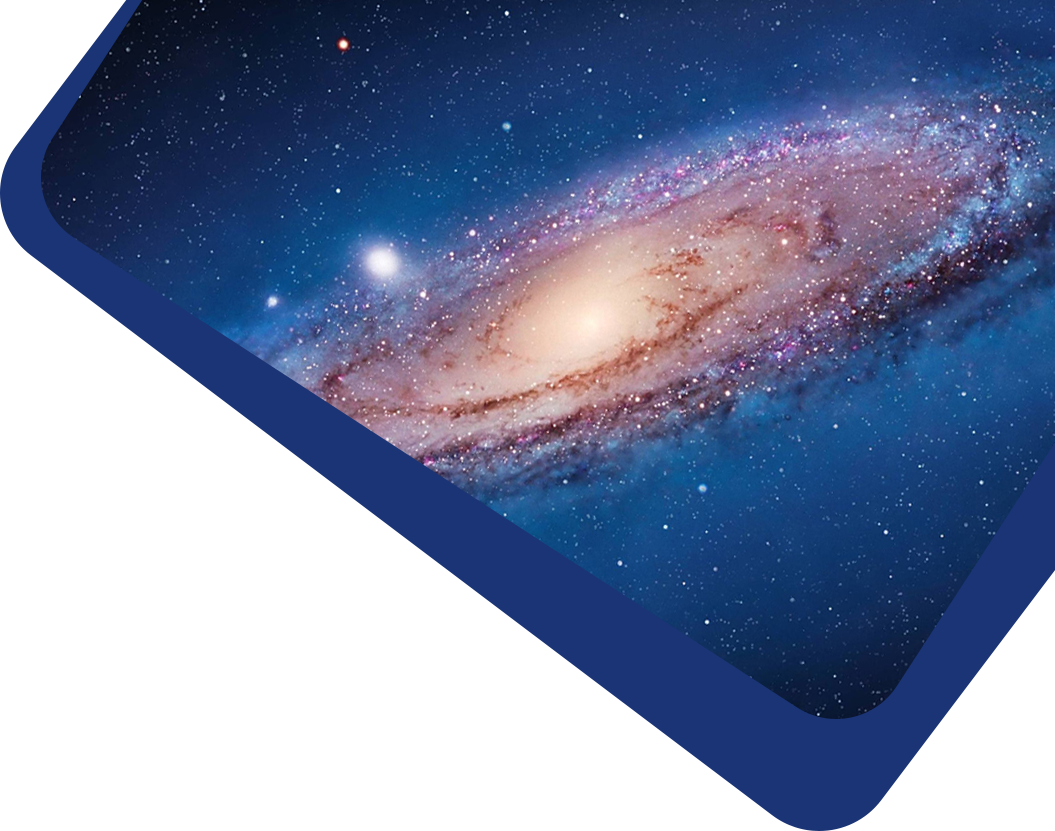

Abstract According to the solar proton data observed by Geostationary Operational Environmental Satellites (GOES), ground-based neutron monitors on Earth and near-relativistic electron data measured by the ACE spacecraft, the onset times of protons with different energies and near-relativistic electrons have been estimated and compared with the time of solar soft and hard X-ray and radio burst data. The results show that first arriving relativistic and non-relativistic protons and electrons may have been accelerated by the concurrent flare. The results also suggest that release times of protons with different energies may be different, and the protons with lower energy may have been released earlier than those with higher energy. Some protons accelerated by concurrent flares may be further accelerated by the shock driven by the associated CME.
Keywords Sun: coronal mass ejections (CMEs) — Sun: flares — Sun: particle emission
It accepts original submissions from all over the world and is internationally published and distributed by IOP